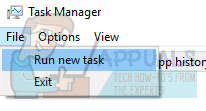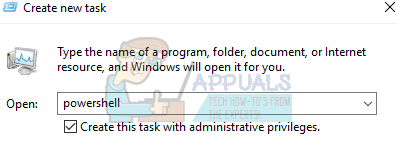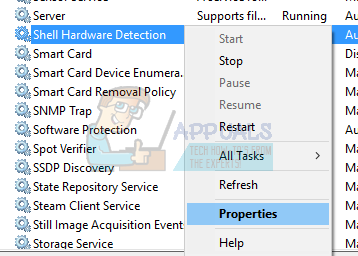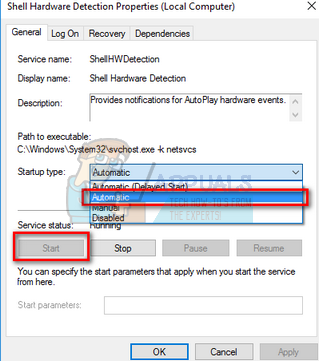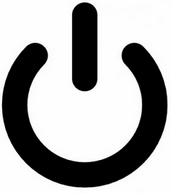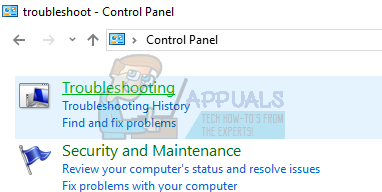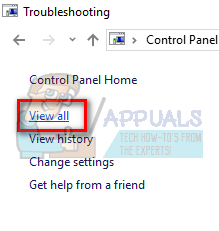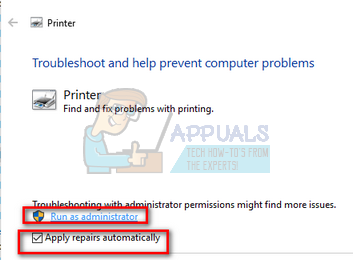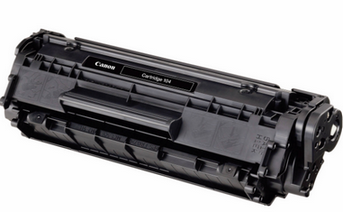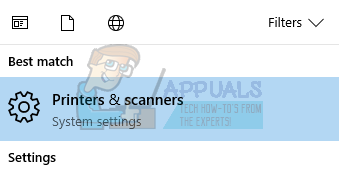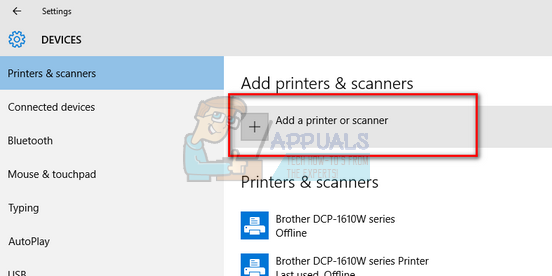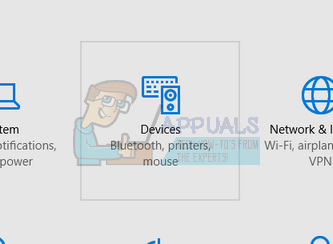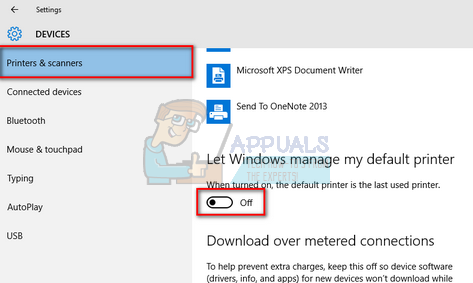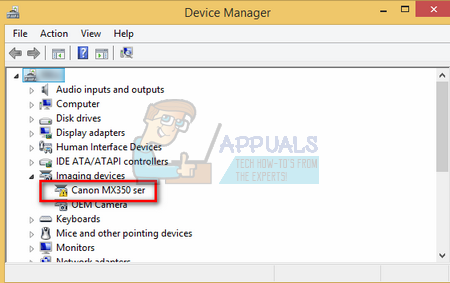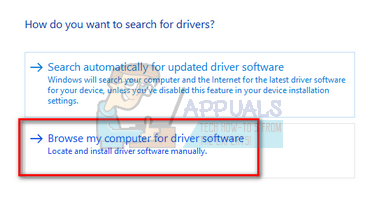The problem is very widespread with different scenarios and cases each time as all computer configurations are different. Since the topic is very generic, we have listed down a number of workarounds for you to try. Start with the first one and work your way down in order.
Solution 1: Running SFC Scan
This error might be generated because of bad configurations present on your computer. Because of these errors, your computer might not be able to connect properly with the scanner hence making it inaccessible to you. We can try running the SFC scan and check if there are any integrity violations. If there are, we can run the DISM command to fix them.
If an error was detected and was fixed using the above methods, restart your computer and check if the scanner started working normally.
Solution 2: Turning off Firewall and other Applications
Another workaround which worked for many people was disabling Firewall applications (including Windows Firewall, Windows Defender, and other Antivirus applications). If you are trying to access the scanner over any network, it is possible that it is the firewall which is blocking some ports and restraining the information from being passed on.
Solution 3: Making Sure all Related Processes are Running
There are few processes which drive the operation of the scanner. If these processes are not running or if they are disabled, you will not be able to access the scanner. Make sure that you are logged into an administrator account while carrying out this solution. Remote Procedure Call RPC DCOM Server Process Launcher Windows Image Acquisition (WIA) Shell Hardware Detection RPC Endpoint Mapper
Solution 4: Installing Scanner Patch and Scanner Utility from Manufacturer
Most of the scanners nowadays are simply plug and play. You don’t need to install any additional software to run them; you can simply use the inbuilt Microsoft utilities to directly forward the job for scanning.
However, not all scanners work that way. There are many scanners out there which require that you install the required patch, install scanner software (such as Canon MF Toolbox), and then operate the scanner. You should input your model into the search engine and look around for any related software which you are meant to install on your computer. After installing the software, restart your computer and check if you can use the functionality of the scanner as expected.
Solution 5: Doing a Full Power Cycle
Another workaround which works for a lot of users is power cycling your computer and the scanner utility. Power cycling is an act of turning off a device completely off and then on again. Reasons for power cycling include having an electronic device reinitialize its set of configurations parameters or recover from an unresponsive state or module. It is also used to reset all the network configurations as they are all lost when you turn the device completely turned off.
After turning off your scanner and computer, take out the main power cable and let them stay idle for a couple of minutes (~10). After the required time, plug in the cables, turn both devices on and try connecting them.
Solution 6: Running the Printer Troubleshooter
Windows has an inbuilt collection of troubleshooters meant to troubleshoot problems in various categories. We can try running the printer troubleshooter and check if it detects any problems and fixes them.
Solution 7: Checking the Scanning Program for Updates
Whenever your scanner doesn’t work, you automatically assume that the problem lies with the scanner hardware only. That is true in most cases but there are also scenarios where the software you use for managing scanning is out of date or the version is not supported anymore.
These software are mostly multipurpose programs (such as IrfanView) which are used for more than one tasks. Head over to the software developer’s website and check if there are any pending updates you did not perform. After updating the software, restart your computer and check if this makes any difference.
Solution 8: Checking Toner Cartridge
If all above solutions don’t give any positive results, you should check your toner cartridge if it is full or not. Sometimes if the cartridge is not full up to the required level, the scanner will not print any pages. You will be inputting blank pages only to receive blank pages in the output. Check your toner cartridge if it is inserted correctly and are the levels up to the mark. If not, replace the cartridge and after performing all the necessary checks above, power cycle the scanner (solution 5), and then check if the problem got solved.
Solution 9: Using USB instead of WiFi for connection
Another widespread problem which many users face is connecting to the scanner over a WiFi connection. There are several cases where the scanner works with a USB connection to the computer over a wireless one. Plug in the USB and see if your computer detects the scanner successfully. If it does, it means you have to configure the WiFi connection on both machines (your scanner and your computer).
Solution 10: Checking Compatibility
Each scanner/printer is designed to target a particular version of the operating system. But after you buy a scanner, its hardware doesn’t upgrade itself whereas you might receive major updates on your operating system on your computer. Such is the case with Windows 7 and Windows 10. There were many reports that some scanners were not compatible with the newer version of Windows (Windows 10), and there was also no support available (for example PIXMA MX310). Head over to your manufacturers’ website and check if it is compatible with the version of operating system you are running on your computer.
Solution 11: Turning off Auto Management by Windows
Windows has an automatic management feature which lets it decide the default printer and manage all the other ones. This might be useful in various scenarios but it can prove to be a menace sometimes when you are installing scanner software on your computer. You can try disabling it using the steps given below and try installing the software again.
Solution 12: Updating Scanner Drivers
If all the above solutions don’t work, we can try updating the scanner drivers. You should navigate to the manufacturer’s website and download the latest scanner drivers available. Make sure to download the exact drivers meant for your scanner. You can look for the model number present on the front of your scanner or in its box. Note: There are few cases where a newer driver doesn’t work. In that case, download an older version of the driver and install it using the same method described below. Note: If your scanner is inbuilt with your printer, you should update the drivers of your printer using the same method explained below. In that case, you should look in the category of ‘Print Queues’.
Select the driver file you downloaded using the browse button when it appears and update it accordingly.
Note: If you can’t update the drivers manually, you can also select the first option “Search automatically for updated driver software”. This option will make Windows search the web automatically and select the best driver out there.
Fix: Epson Scan cannot communicate with the ScannerFix: You need a WIA Driver ScannerFix: Safety Scanner (msert.exe) side-by-side configuration is incorrectFIX: A problem has occurred in BitDefender threat scanner
